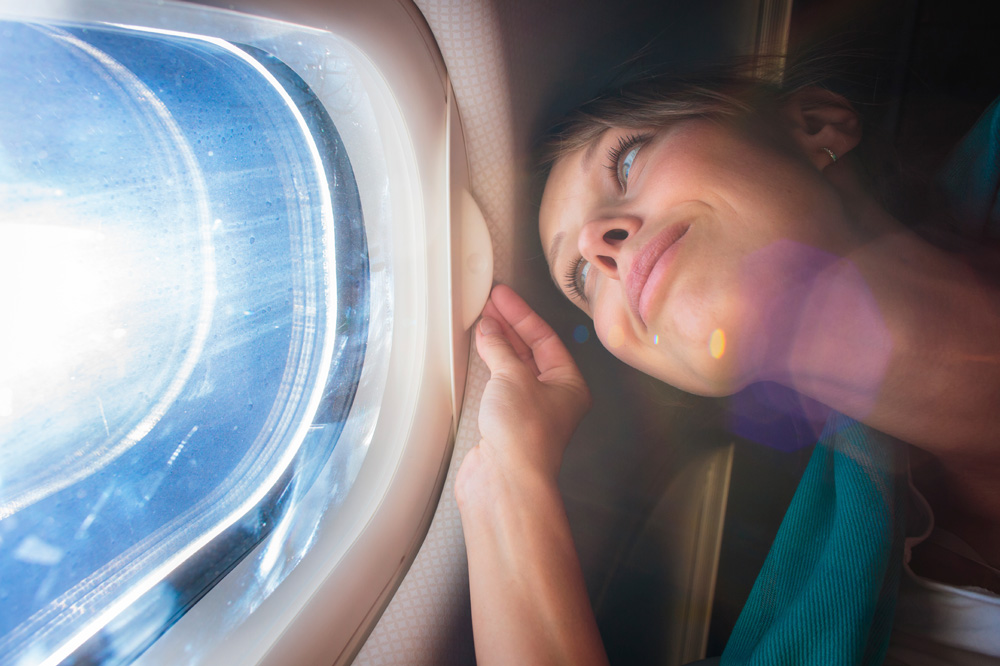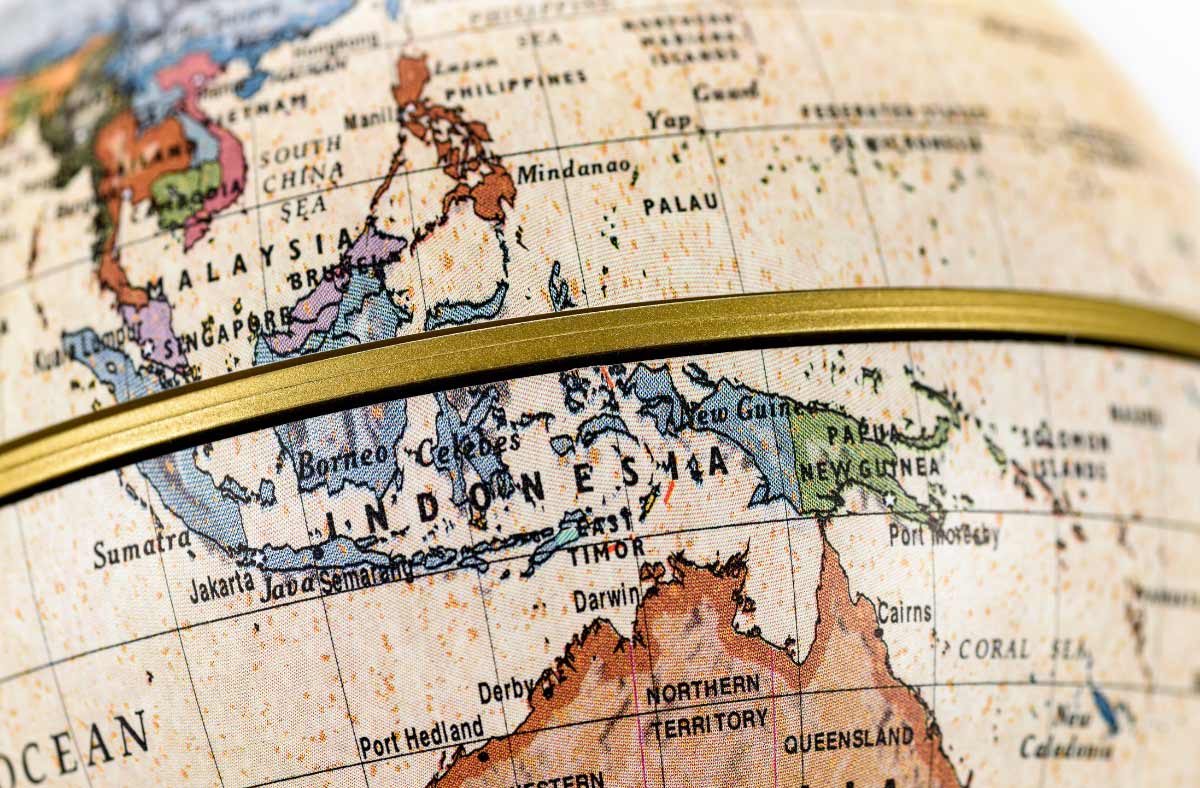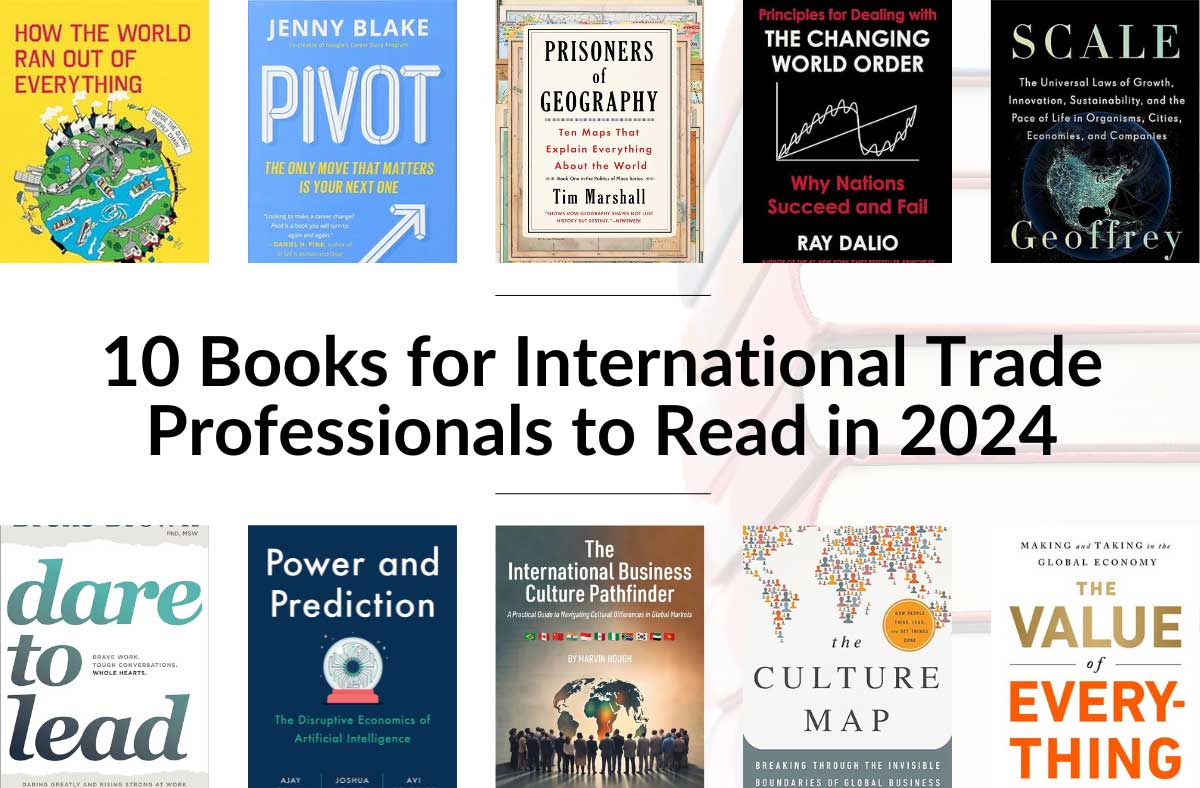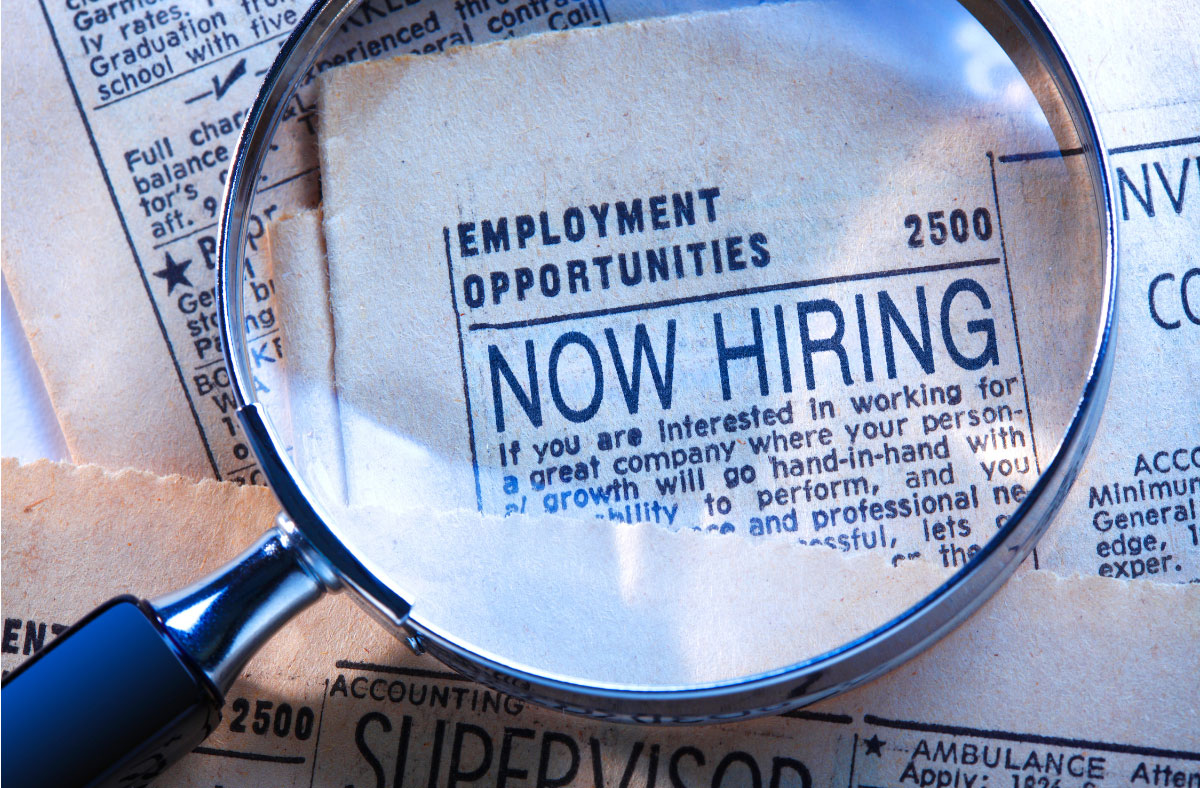 Travelling from North America to China, Japan, Taiwan and elsewhere in East Asia can be incredibly rewarding, both personally and professionally. Due to the geographical distance and cultural differences, however, such trips require a lot of planning.
Travelling from North America to China, Japan, Taiwan and elsewhere in East Asia can be incredibly rewarding, both personally and professionally. Due to the geographical distance and cultural differences, however, such trips require a lot of planning.
If you’re thinking of taking a trip there soon, here are some tips I’ve picked up through my own travel experiences over the years that can help you prepare to depart.
1. It’s going to take at least a couple days to adjust to the time difference
When travelling from West to East, from Toronto to Beijing, for example, you have a long flight ahead of you – typically around 12 hours, give or take an hour.
I usually take flights that leave at mid-afternoon EST, so I find that it is worth having a meal, watching a movie and then trying to get 3-4 hours rest (I would like to say sleep but I find it really difficult on plane journeys, so I tend to doze).
When you land, you have jumped forward a complete day between the 12 hours of flying and the 13 hour time difference (if landing in Beijing).
It can be 14 hours if your destination is Korea.
Try to stay up to have dinner, and then go to sleep at 9 or 10pm local time (8 or 9am EST) and waking at 7am local time (6pm EST). You will feel lousy from about midday to 4pm local time for the first three days, but then it will improve.
Actually, I find the second day worse than the first day sometimes!
2. Formal dress is often a good idea, but not always necessary
Koreans and Japanese businessmen of all professions seem to love dark coloured jackets and trousers (pants), and our sales colleagues in these countries often wear dark suits.
In China, and certainly Taiwan, dress code can be a bit less formal, but that is just my impression gained from being in our Life Science Research industry for a long time. I am sure for finance, banking, accountancy and other areas of commerce, the dark suit still prevails.
I find that as I get older, travelling and visiting customers with an open necked shirt, chinos and good shoes is fine in most countries. On occasion I will take a blazer, but never a tie unless we are going to a formal dinner.
It is always good to check with your business partner and ask, “Do I need a tie for tomorrow’s meeting/dinner/etc.?” I do this even if I have not brought one! It is easy to buy or borrow a tie locally, and getting a suit made can also be done in 24 hours if needed!
3. Have gifts ready for your meetings, and be prepared to receive some as well
I always take gifts for business partners, but the amount I spend on the gift will vary.
If it is a first meeting with an important distributor, the gift should be nicer ($CAN 50). If you are seeing the same people you have met previously, however, a token gift is acceptable ($10-15).
The trouble with this is that during a 2 week visit to maybe 4 countries, you will meet a lot of people and have a lot of gifts to take!
For example, I take maple syrup in small maple leaf shaped bottles, as they are easy to pack with bubble wrap and don’t take up too much suitcase room. Then I take a number of smaller gifts like key rings for sales people or less senior people.
Receiving gifts in East Asia is interesting. I have been given expensive Gin Seng or small porcelain items, which come boxed with outer packaging that looks beautiful, wonderful souvenirs from my travels.
The trouble is that they take up a lot of suitcase room. So I tend to leave the lovely boxes behind and take only the gift inside! Sounds harsh, I know.
In China and Taiwan, the same happens when I am presented with some sophisticated teas. They can come in elaborate tins which are in lovely box designs. Again, I’m afraid I have left these in hotel rooms and just taken the tea!
4. Handing a business card over in Japan, and in East Asia in general, needs care and attention!
You must take care to look at the person directly, then bow slightly and present your business card with two hands holding a corner of the card with each hand. Your customer should accept the card by taking it in both hands.
When being presented with a card, you reach out with both hands and take the card, again holding each corner, and take a few moments to study the name and title.
Don’t forget: you have to be seen to do this, even if the script is Japanese or Chinese!
5. Be ready to adjust some of your scheduling expectations
Meetings with academics, who make up the bulk of my customers, tend to happen from 10am onwards.
In China, if you call on a customer too early, you may have to wait as he dozes in his office or finishes eating his breakfast.
Some offices of senior people are quite large and double as recreational lounges!
Then it is more common (than in the U.S. or Canada) to go for lunch with the professor and maybe up to 6 of his staff. Normally, these are round table affairs, with some 12 or 15 people around the table.
Food is presented one dish at a time on a lazy Susan, which the host will spin around to ensure that the guest will have first choice of the latest dish. This lucky guest may get to taste some often delicious, but sometimes not so appetizing unique regional specialties!
Lunch can be a two hour affair, so it is common to return with the professor and his staff to the lab for a tour and a selling discussion or formal lecture.
In East Asia, eating times generally tend to follow U.S. timing. Dinner is the one possible exception, as it can start a bit later than in North America, often around 7 to 7:30pm.
Visiting this part of the world with their rich culture and unique customs for hospitality and business is always an unforgettable experience. And doing thorough research on the cultural intricacies will make it a lot less daunting. Happy travels!
Are there any tips you would add based on your experiences?








disqus comments